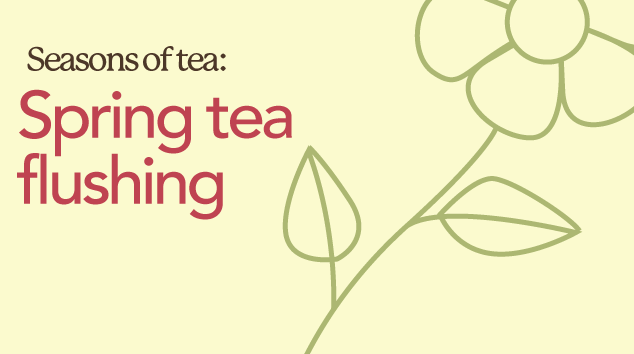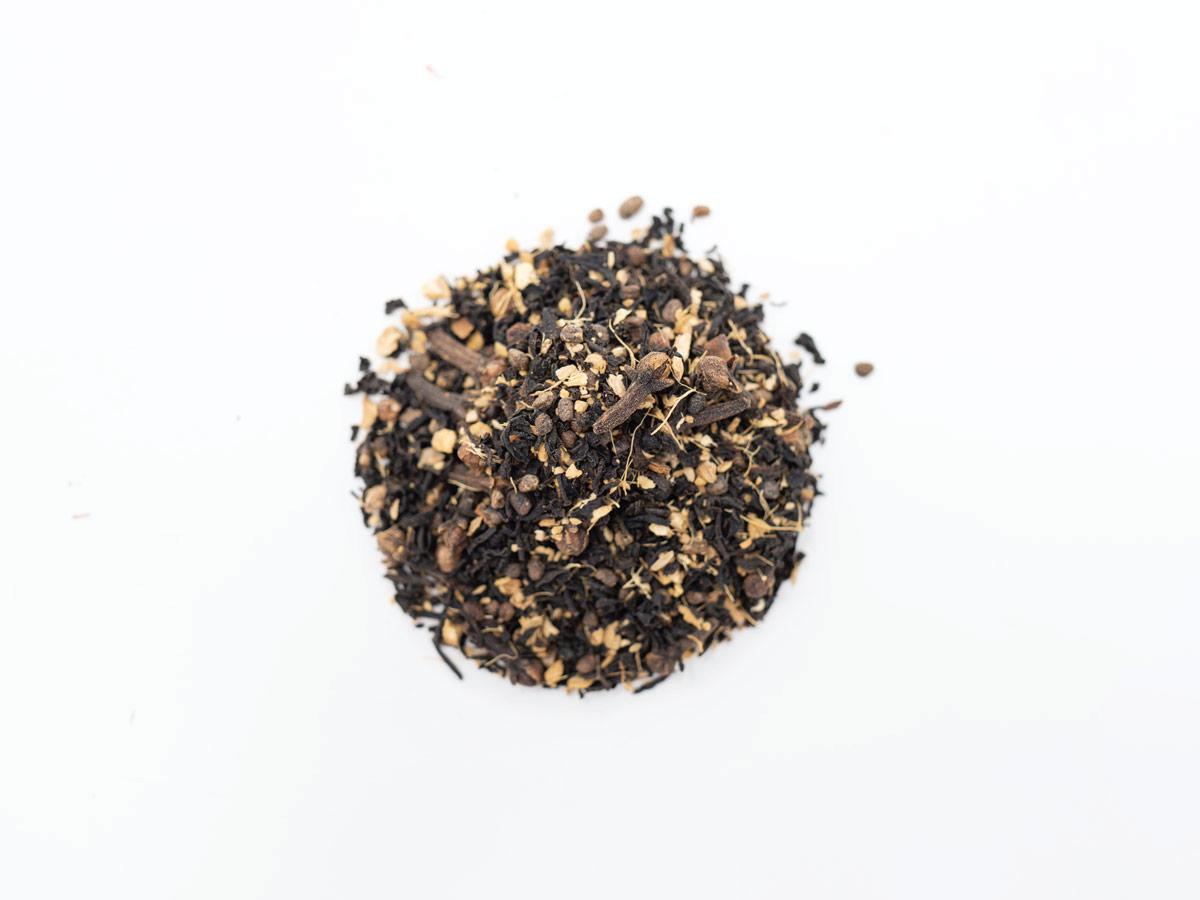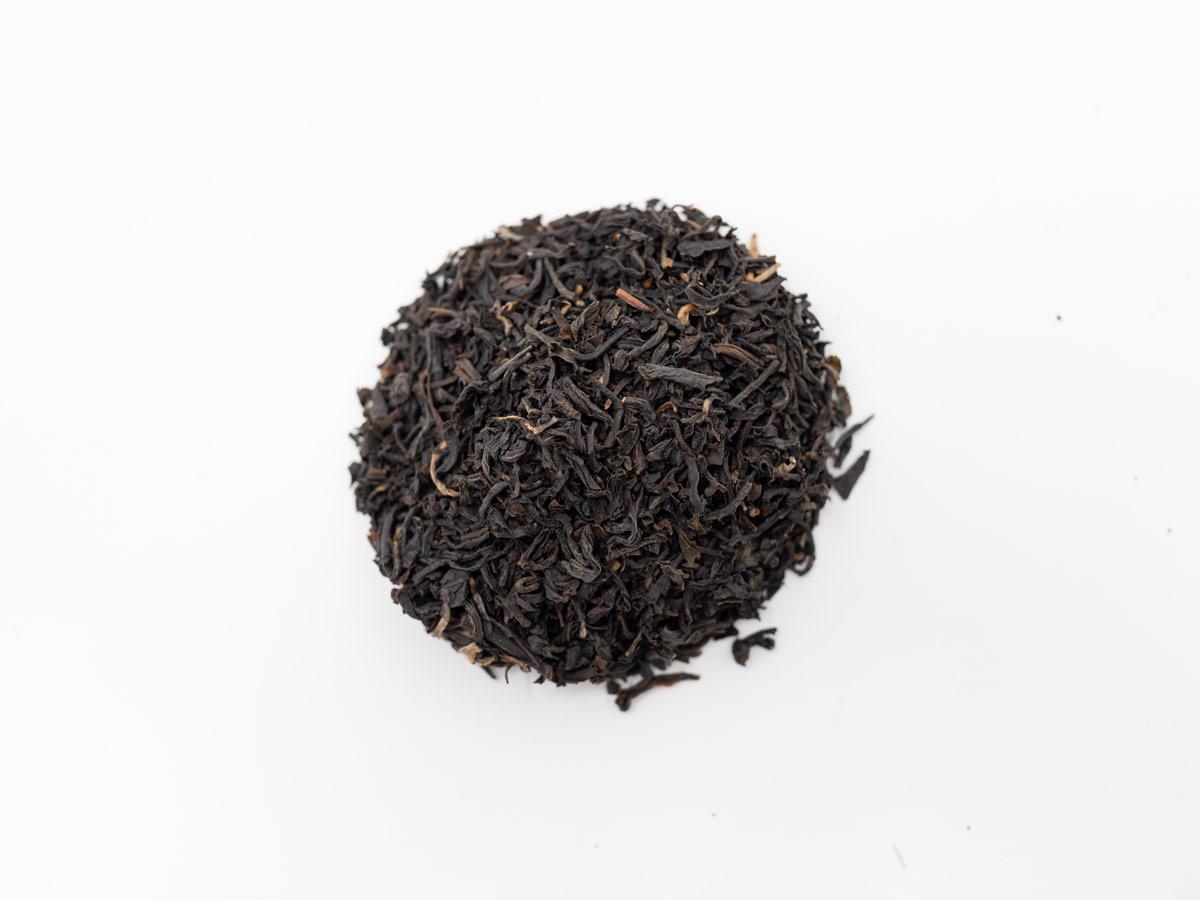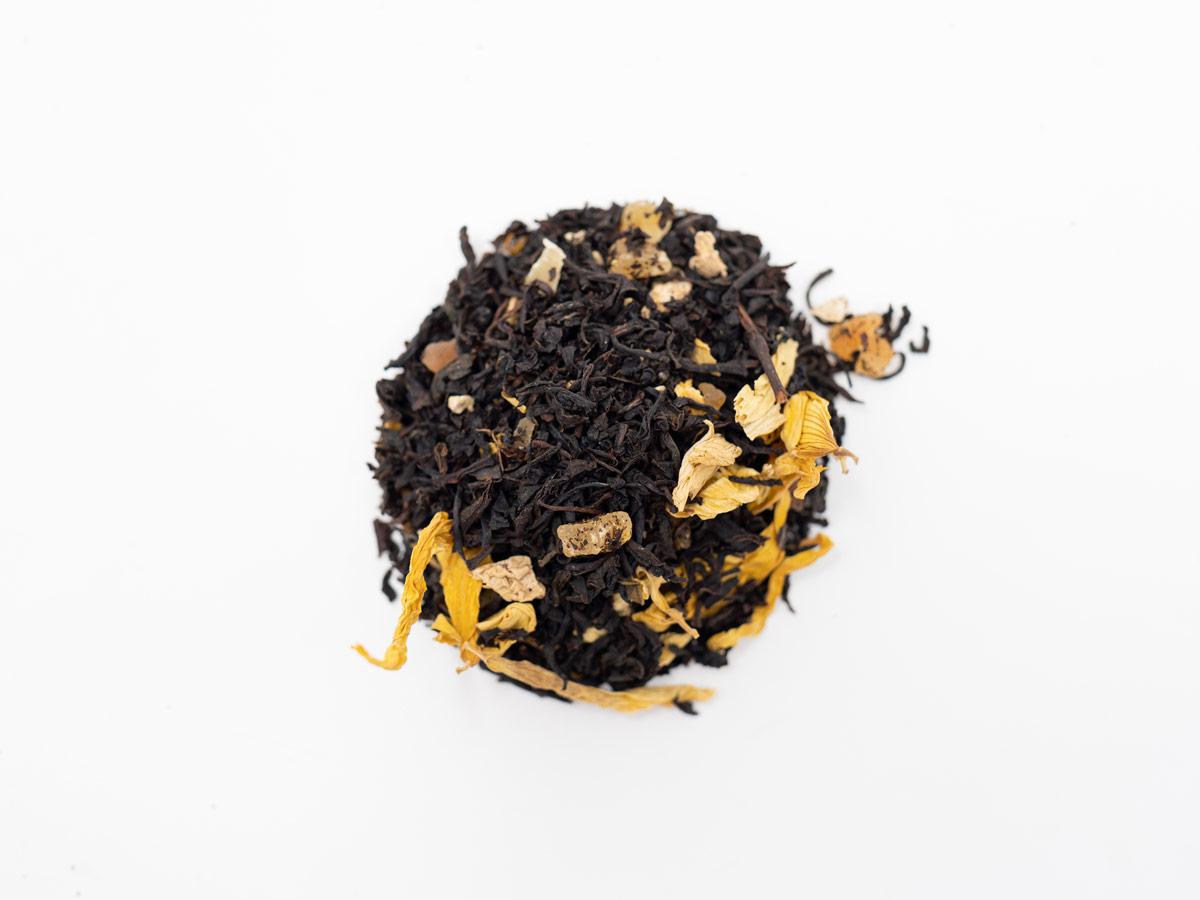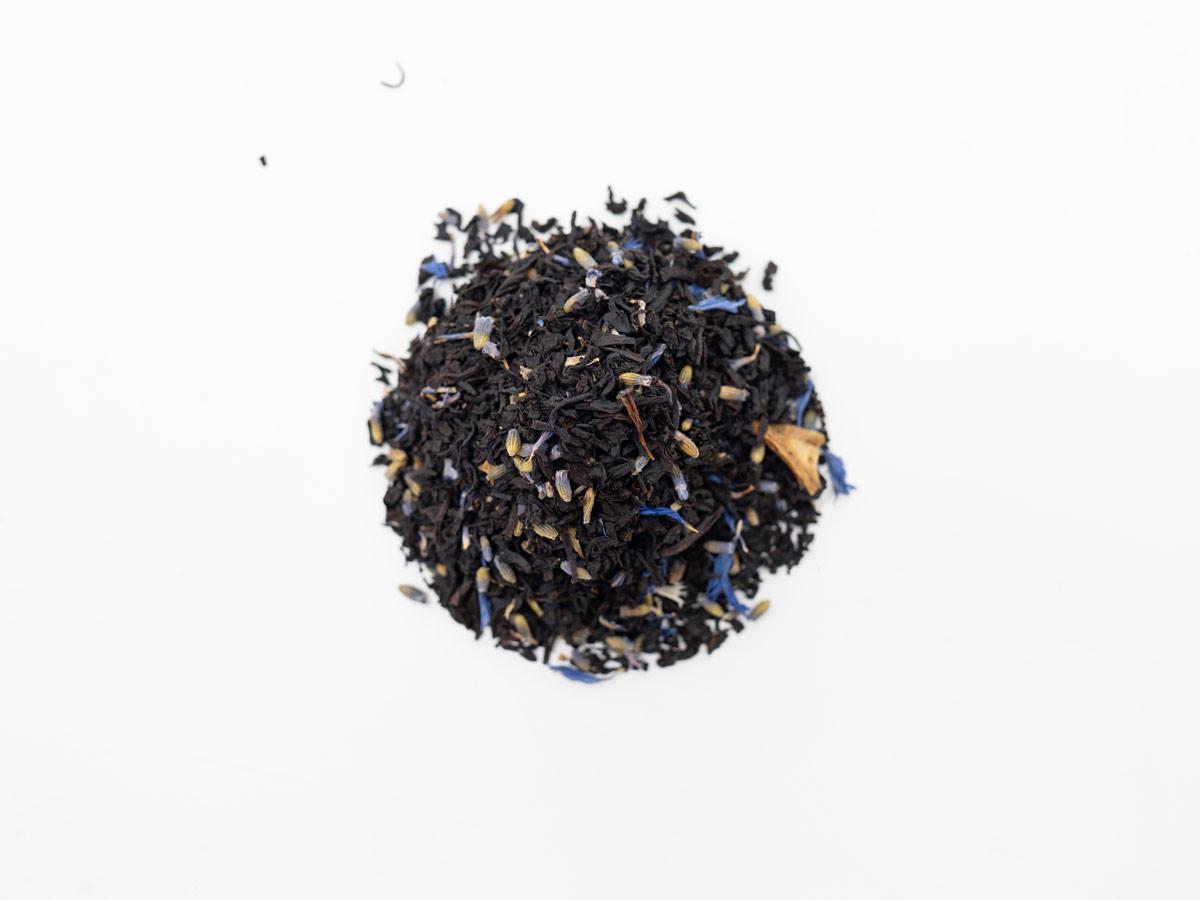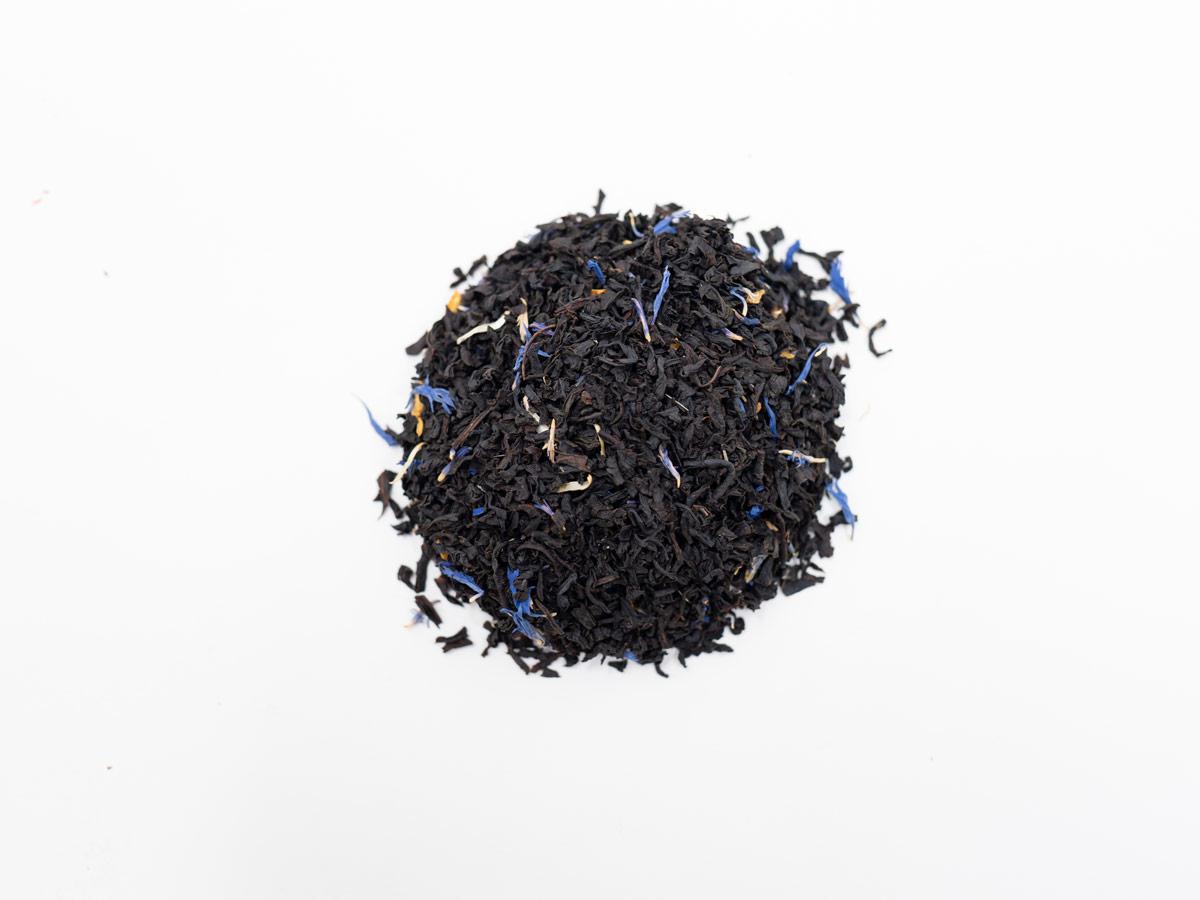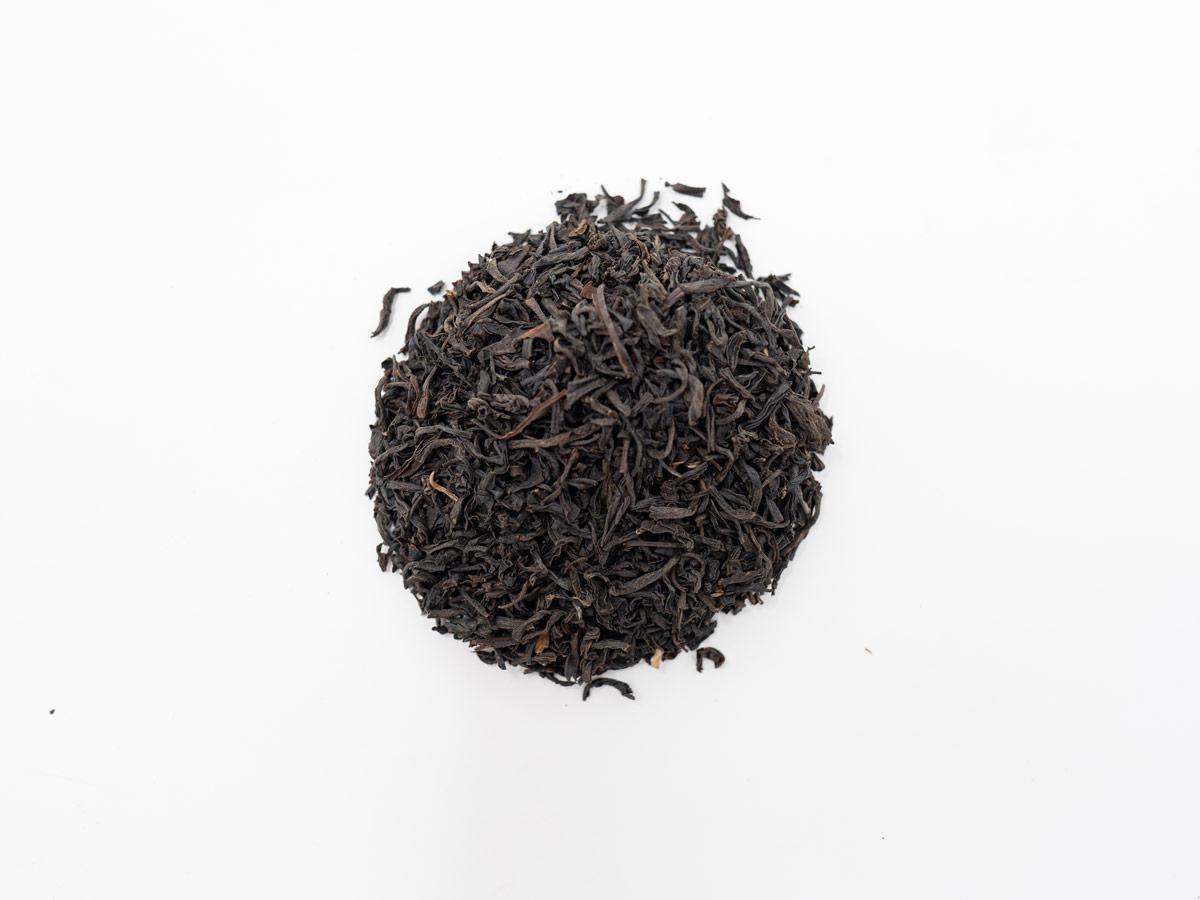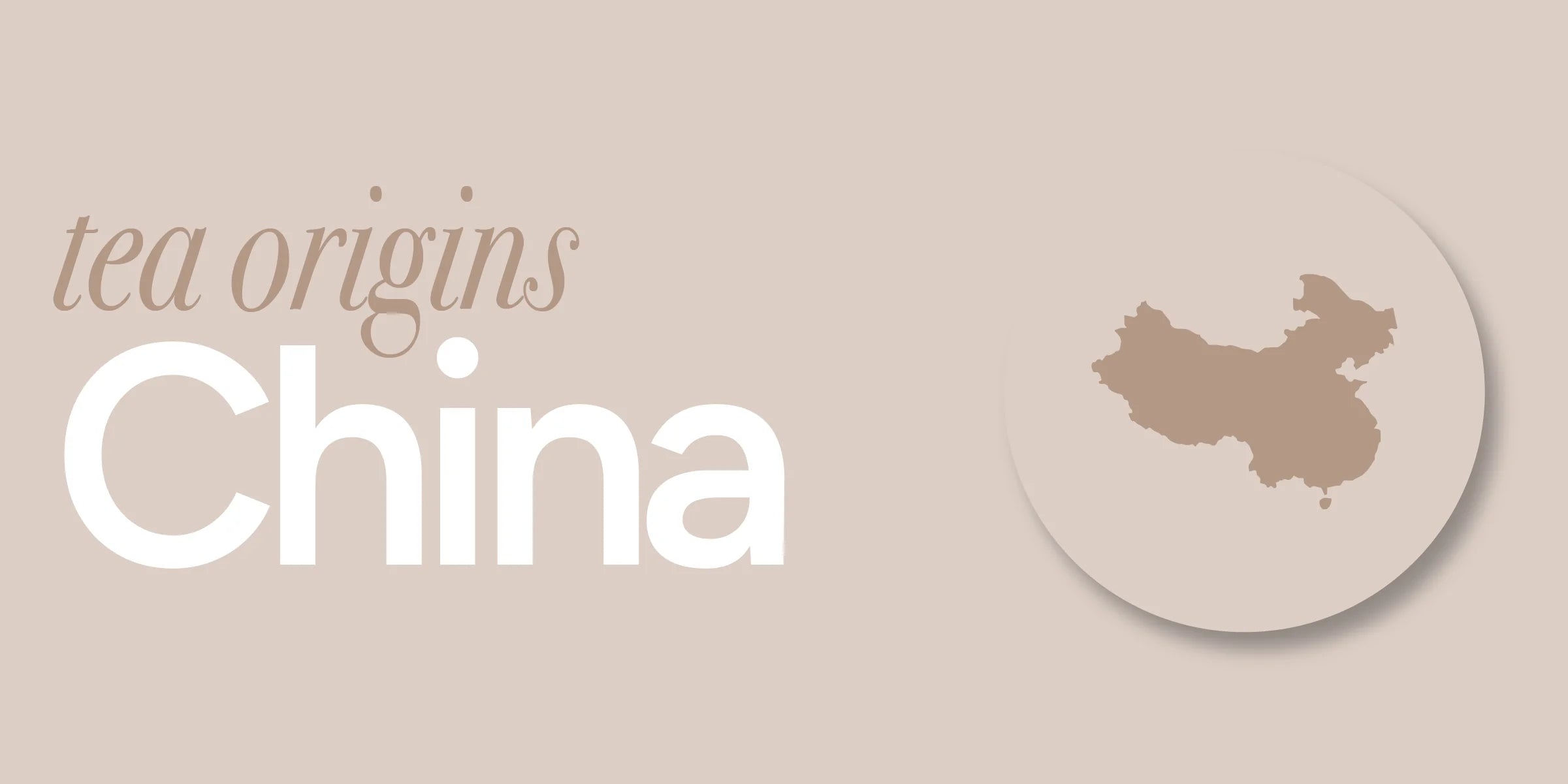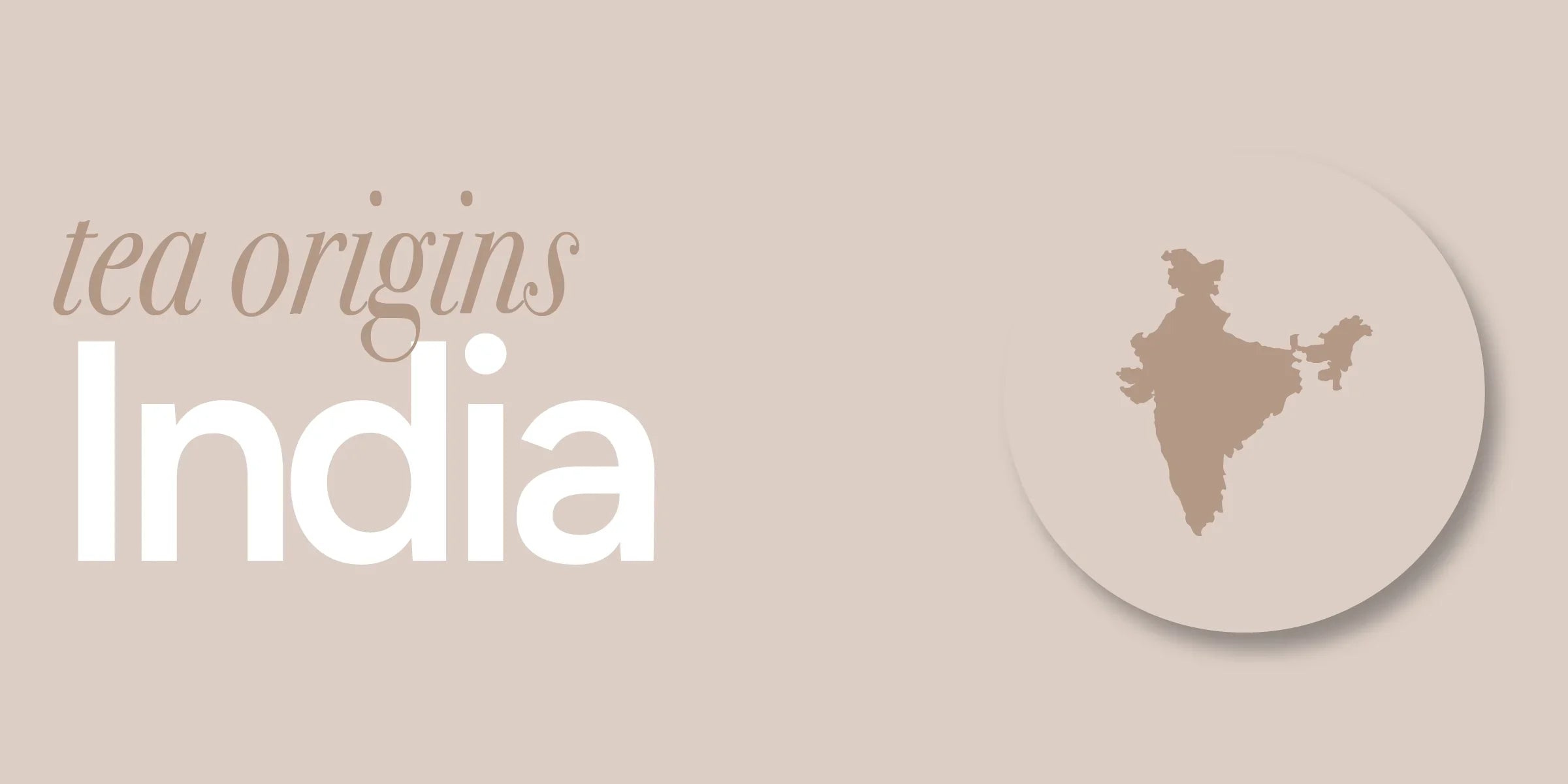Black tea.
Hot. Iced. Sweetened. Unsweetened. You may think you know it. You may have been drinking it your whole life.
But there are intricacies about black tea that are fairly unknown and truly staggering. It has started wars, been used as currency, and is the most popular type of tea in the world. But there’s more to this tea than banknotes and bloodshed and bottom lines. There’s history and processing and health benefits and more!
But before we get into that, here’s a few important things to know about tea in general. First, all true tea–black, white, green, oolong–comes from the same plant: Camellia sinensis. Then why so many different types, you may ask? The answer comes down to how the leaves are processed, as you’ll read in a minute.
Now, we say, all ‘true’ tea, but that doesn’t include tisanes, or, herbal teas. Because–prepare yourself–herbal teas are not technically ‘true’ teas. ‘True’ teas are only those that come from the Camellia sinensis. Herbal teas, while still called teas because they’re brewed in the same way, are crafted from a variety of other, different botanicals.
Black tea is what we would call a ‘true’, or traditional, tea. And it has a story all its own!
History of Black Tea
Black tea wasn’t discovered until the mid-17th century in China. That may sound old to some, but in the tea world, that makes black tea relatively new. For perspective, green tea–the oldest of the teas–has been around since at least the 6th century.
But how was it discovered? The story goes that an army from Jianxi entered the Fujian Province and encamped at a nearby tea factory, halting tea production. Because of this, the tea leaves were left to dry in the sun for a longer-than-normal time, oxidizing the leaves and causing them to turn to a dark red color. To “save” the tea and accelerate the drying process, a farmer dried the leaves over a fire, creating ‘Lapsang Souchong’--the first black tea!
Of course, China doesn’t call black tea ‘black’. They have a different black tea–‘Pu-erh’–that had been in use long before black tea and is still enjoyed today. As a result, China calls black tea ‘red tea’. It was the Dutch and the British traders who first created the label ‘black tea’.
This discovery was revolutionary. Because of its extended oxidation, black tea was more shelf-stable than green or white tea, allowing it to withstand long journeys without losing much flavor. Eventually, black tea became so valuable that it joined the ranks of other teas to be compressed into bricks and used as currency across Asia–a practice that was only discontinued about 100 years ago!
At first, black tea was a luxury and a status symbol, reserved only for the elite. For example, when Catherine of Braganza from Portugal married Charles II of England in the 17th century, she introduced black tea to the royal court. For many years afterward, black tea was enjoyed only by royals and the aristocracy.
But in the mid-19th century, the British dramatically increased tea production with their East India Company. In an effort to break China’s monopoly on tea, the British stole tea seeds and processing methods from China in order to grow tea elsewhere. They were successful as they found other places it could grow–like India!
One of the discoveries that came from this was finding a new variety of Camellia sinensis: the assamica variety, or Assam tea. As the British expanded tea production, it gradually became more affordable for people of all classes.
Today, black tea accounts for 90% of all tea sold in the U.S. and 75% of all global tea consumption! The most premium tea is still sourced from only a handful of places like China, India, Sri Lanka, and Africa, but it has truly made its way all around the world.
Processing of Black Tea
Wither. Roll. Oxidize. Dry.
Though all tea derives from the same plant–the Camellia sinensis–its type depends on how much time the tea leaves spend in each of these four stages. Black tea, more than any other type of tea, gets the whole shebang when it comes to processing.
The process goes as follows: after harvesting, the tea leaves are withered–meaning, they are spread out for 14-18 hours to wither, or soften and become flexible. During this phase, they begin to lose some of their moisture which primes them for the next stage: rolling.
Whether by hand or machine, the leaves are pressed and twisted (or the CTC method: crush, tear, curl) in order to break down their cell structure. As the cells break down, juices and enzymes that are critical to developing flavor are released. Next, it’s time to oxidize!
Oxidation is simply the process of exposing the tea leaves to air. As this happens, an amazing chemical reaction occurs! Oxygen reacts with the enzymes in the leaves to produce different flavor compounds. This is where the aroma, flavor, and color of black tea is really developed. This reaction is also what changes the color of the leaves from green to black.
To stop this reaction, heat is applied. Though the method may vary (pan-frying, steaming, or roasting), the leaves are heat-dried to cure them and reduce their moisture, making them shelf stable.
The oxidation stage more than any other defines tea type. Green tea is defined by its lack of oxidation. It is heat dried (a process also known as ‘kill-green’) almost immediately in order to stop any oxidation and preserve the chlorophyll that gives the tea its name.
Black tea, on the other hand, is fully oxidized–meaning, its leaves are exposed to oxygen until the oxidation is at its peak. This extended exposure to oxidation allows the leaves to be shelf-stable for longer periods of time than green tea–a particularly delightful discovery back in the days of no refrigeration.
This unique benefit of shelf-life added to black tea’s bold, malty, full-bodied taste has made it one of the most in-demand teas almost since its inception.
We know it tastes good. But is black tea good for you? (Spoiler alert: the answer is yes!)
Health Benefits of Black Tea (Antioxidants Explained)
For starters, black tea is rich in antioxidants. ‘Antioxidants’ is one of those buzzwords that gets thrown around a lot but which a lot of people don’t really understand.
In case you’re in that group, here’s a primer on why antioxidants are a good thing.
In your body, certain processes (like turning food into energy, or exposure to sunlight or pollution) create unstable molecules called free radicals. Left unneutralized, these molecules can damage your cells, contributing to things like heart disease, cancer, and diabetes.
Antioxidants act as the natural defenders of our cells, like little microscopic heroes! They neutralize free radicals before they cause harm to our cells. And antioxidants are everywhere! For example, vitamins are antioxidants. Minerals function as antioxidants. And another group called polyphenols–found in plants–are also antioxidants!
That last group–polyphenols–refers to a huge group of plant compounds found in fruits, veggies, coffee, wine, chocolate…and tea! Now, stay with me as we go a step further.
Within this group of polyphenols, there is a subgroup called flavonoids. These are naturally-occurring chemicals that act as bodyguards for your cells, protecting them from damage. They can lower inflammation, support heart health, and even boost your immune system.
All ‘true’ tea has antioxidants. Specifically, they all have polyphenols–those heroic plant compounds. And even more specific than that, they all have flavonoids! But which flavonoid a tea has depends on its type.
Green tea is super rich in a powerful type of flavonoid called catechins. But because black tea is oxidized, these catechins are transformed into different flavonoids called theaflavins and thearubigins. These potent little flavonoids do all kinds of wonderful things for your body!
They support heart health by lowering LDL (‘bad’) cholesterol, improving blood vessel function, and helping to reduce blood pressure. One study published in 2017 showed a reduced risk of ischaemic heart disease when drinking a cup of plain hot black tea every day.
These flavonoids also reduce chronic, low-level inflammation in the body, strengthen your immune system, improve mental alertness, and do what antioxidants do best: protect your cells from damage. This, in turn, reduces your risk of heart disease and cancer.
Not only that, but the tannins in black tea (a different group of polyphenols like flavonoids) can calm inflammation in the intestines, which can help with digestion and overall gut health.
And we haven’t even mentioned the potential benefits of the caffeine in black tea! Enough to ease headaches and increase mental focus, but without the caffeine ‘crash’ of coffee because its antioxidants slow the caffeine absorption into the blood, black tea is an effective and balanced energizer.
Black tea is a no-brainer when it comes to its health benefits. Note: tea is not medicine. Though it was prescribed as such many times over throughout history, we are not doing that. We aren’t doctors and we also know that everyone’s body responds differently to things, tea included.
But in terms of a beverage that is both delicious and nutritious? Black tea not only fits in that category; it shines.




